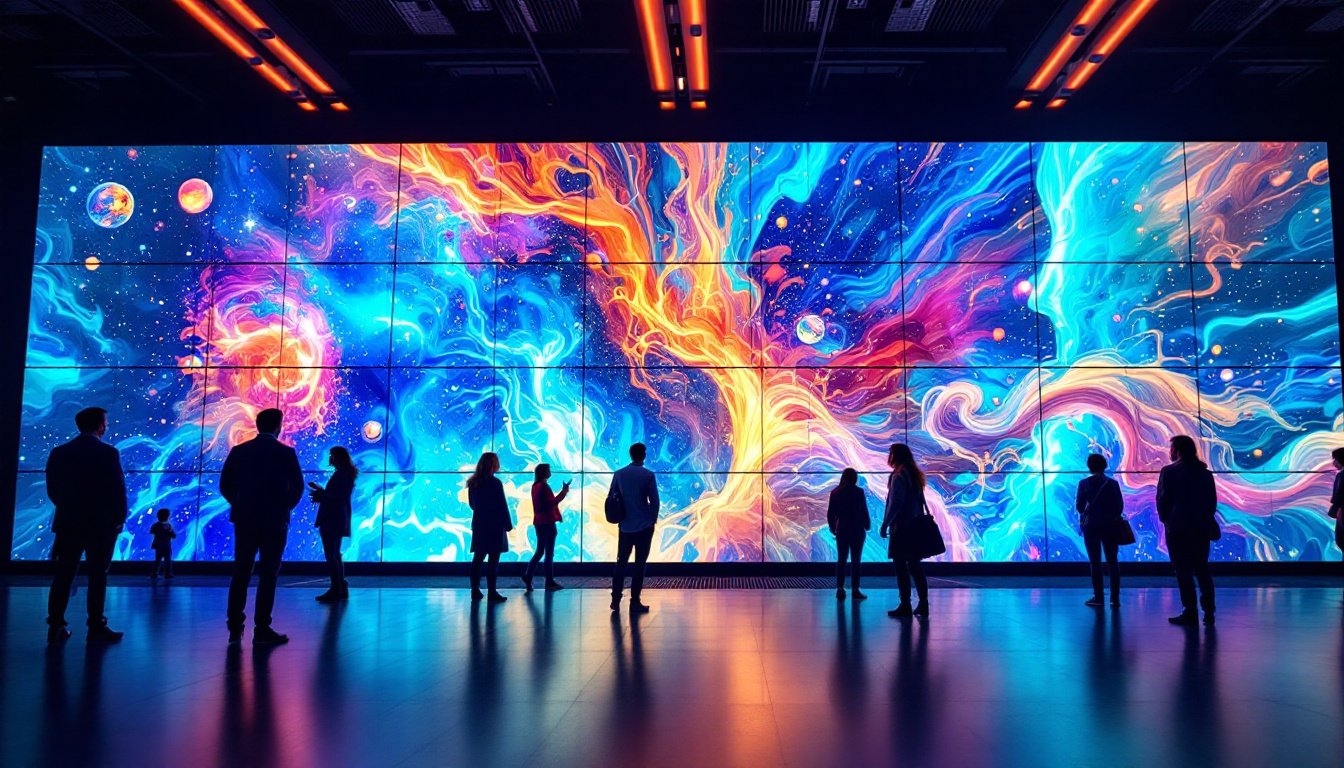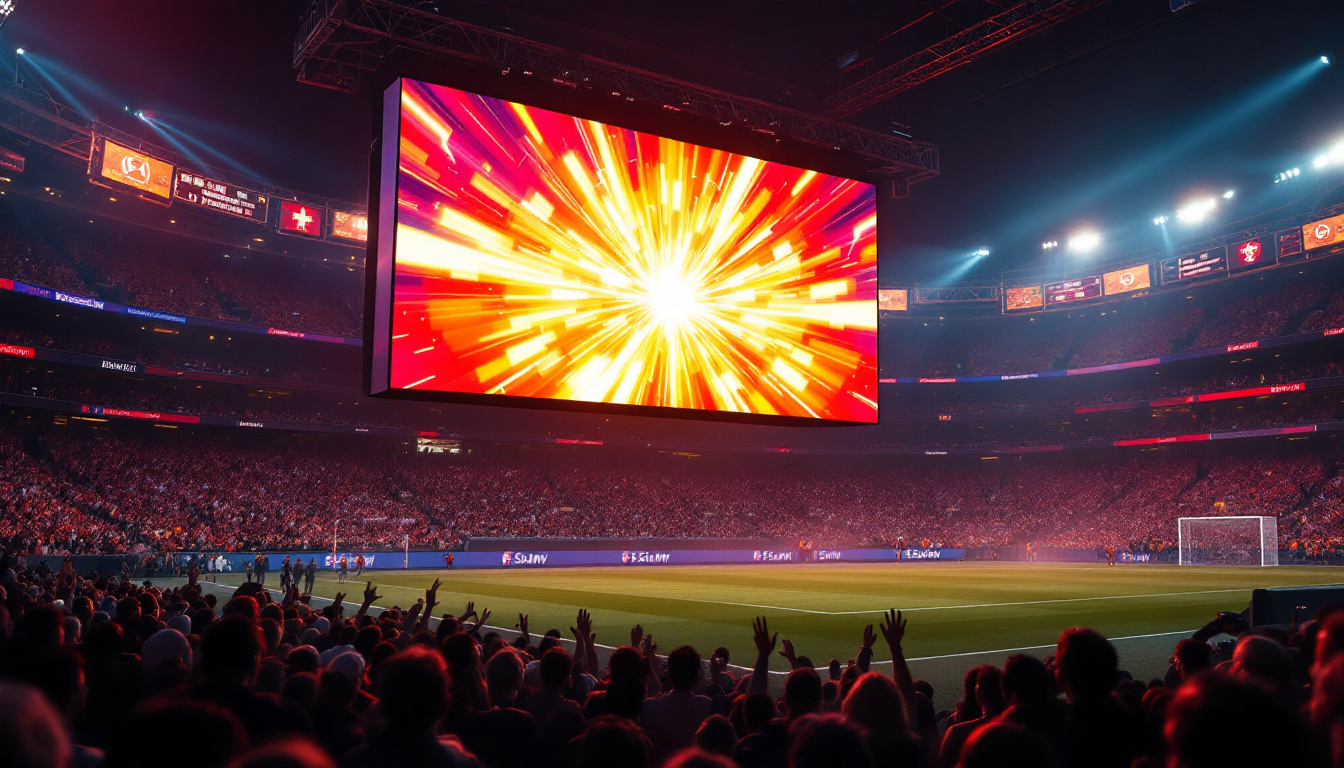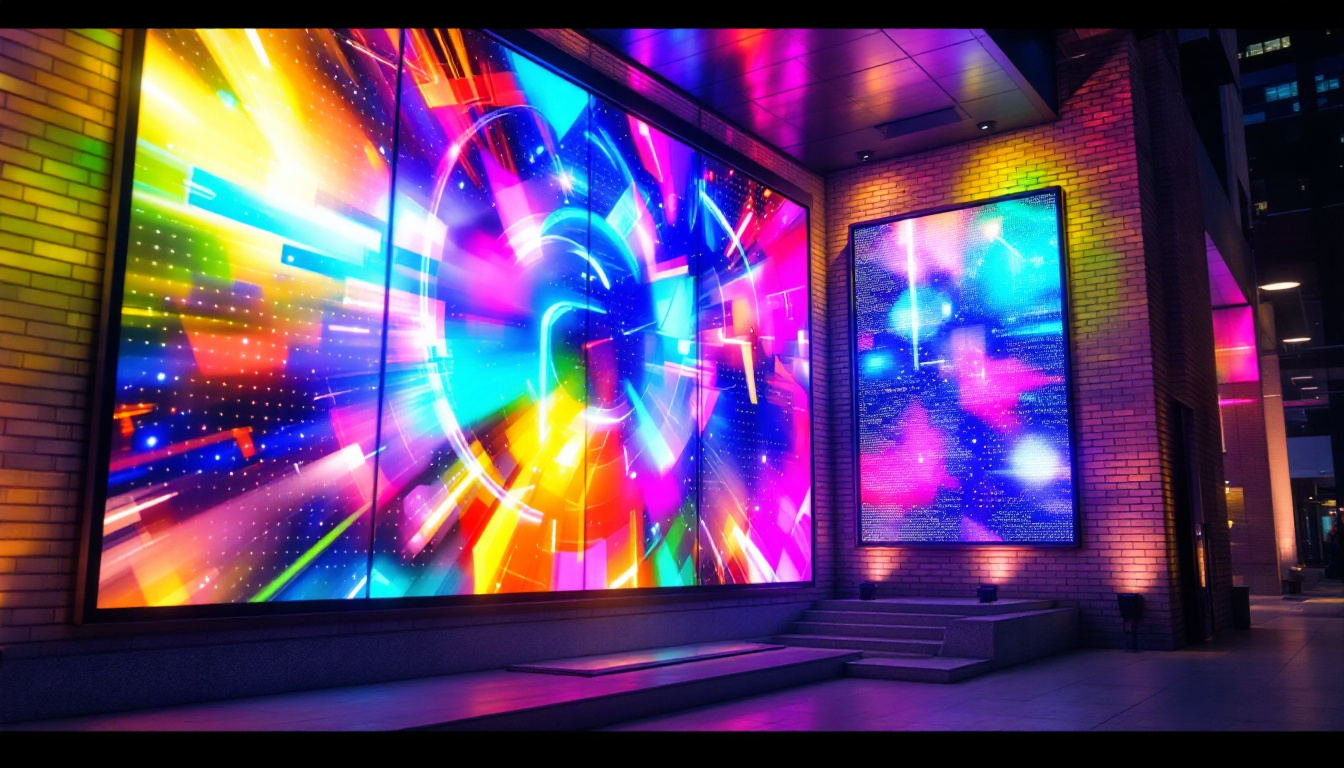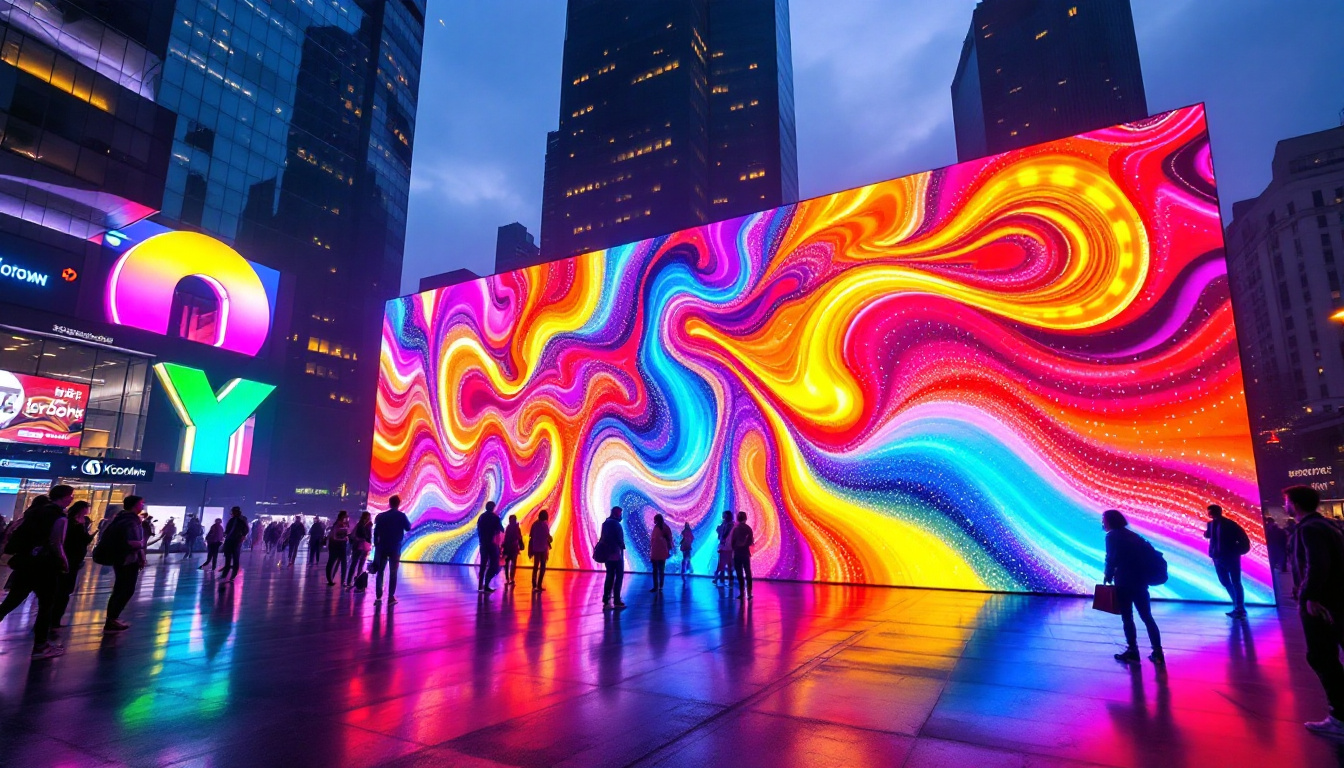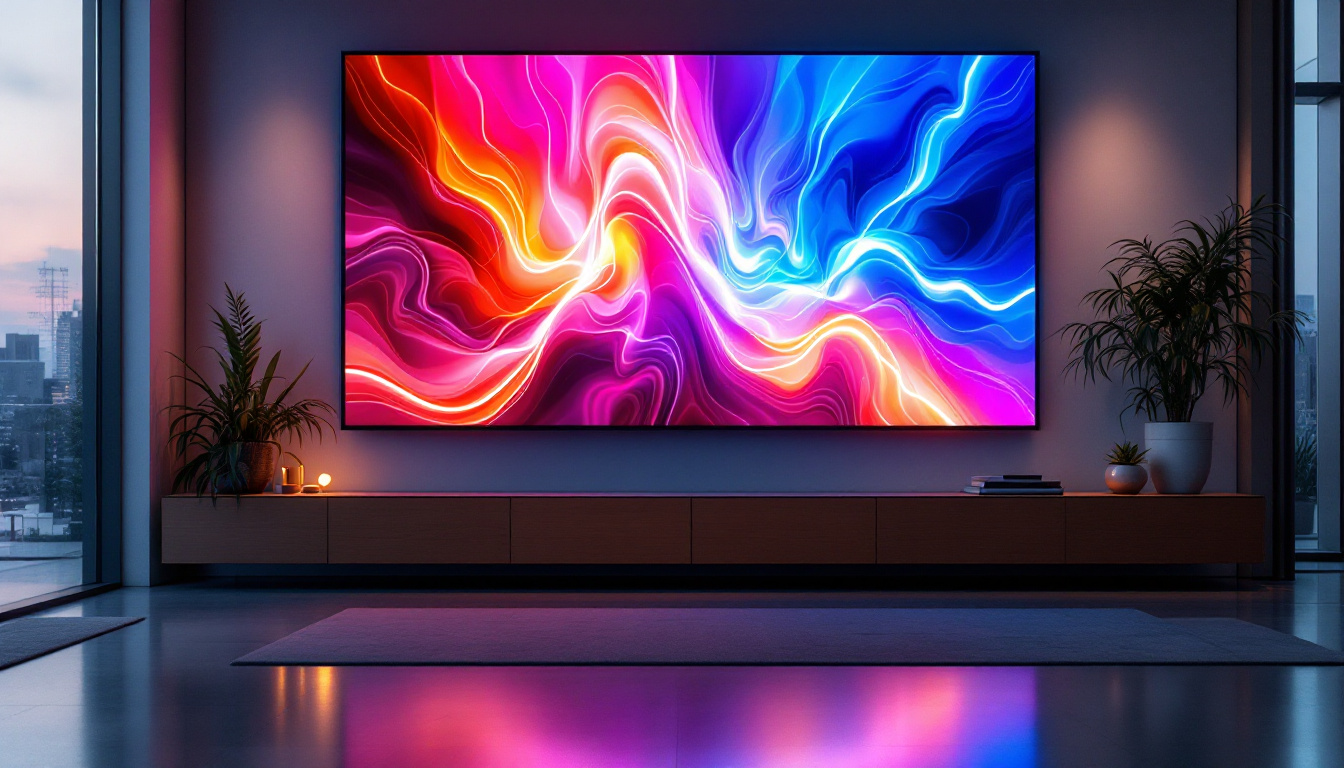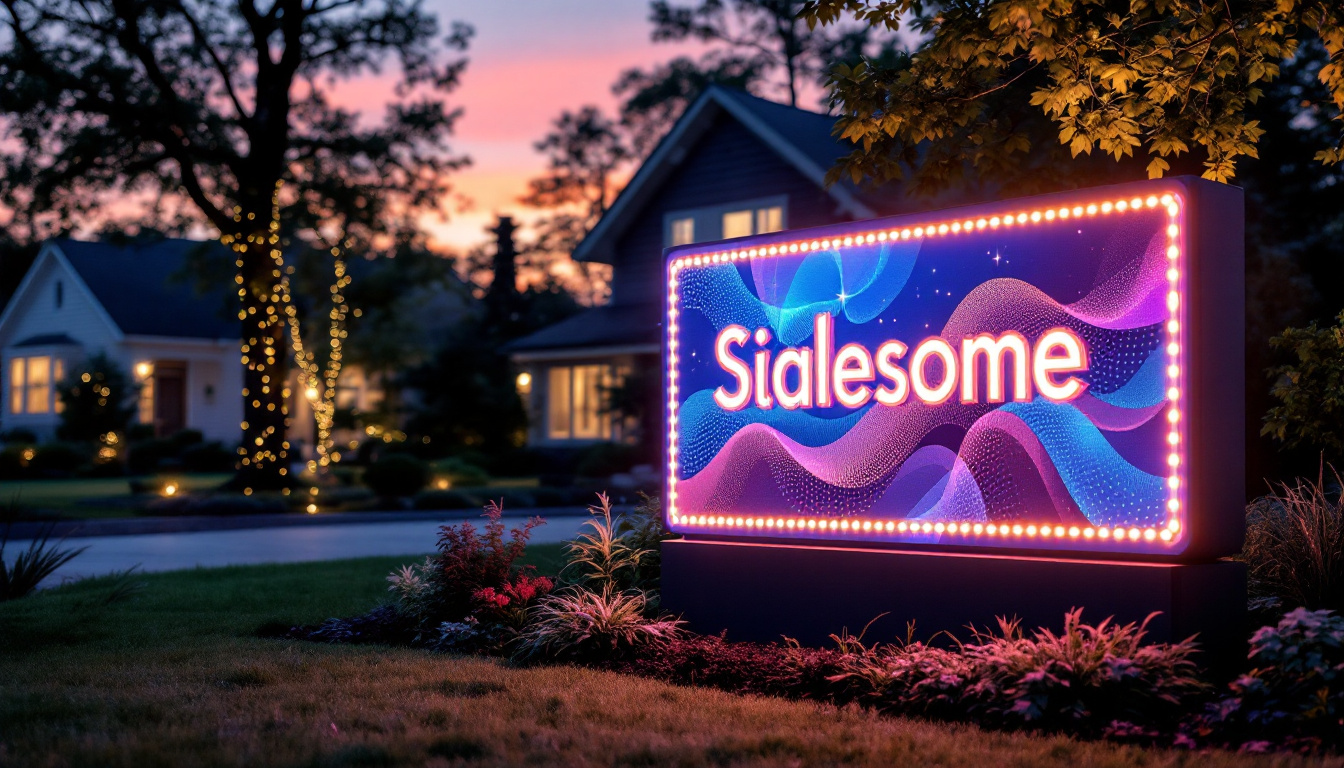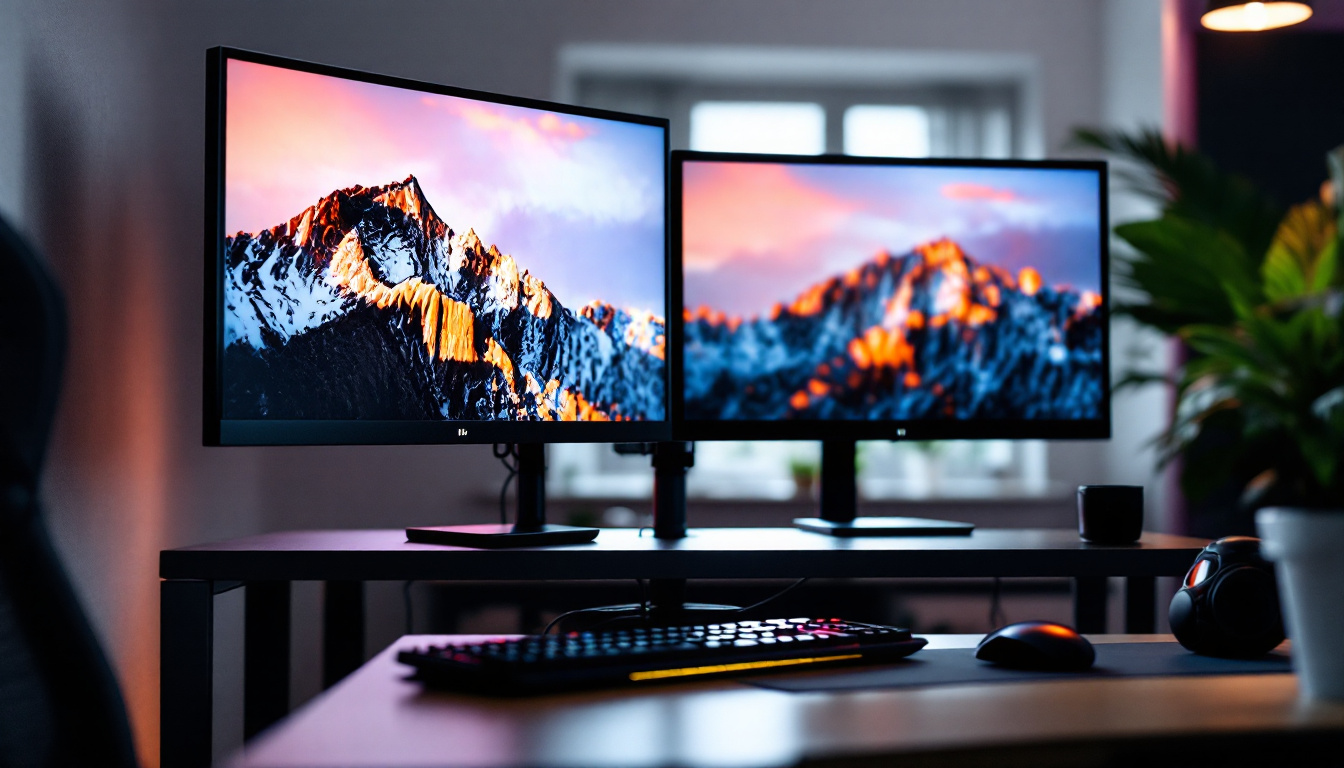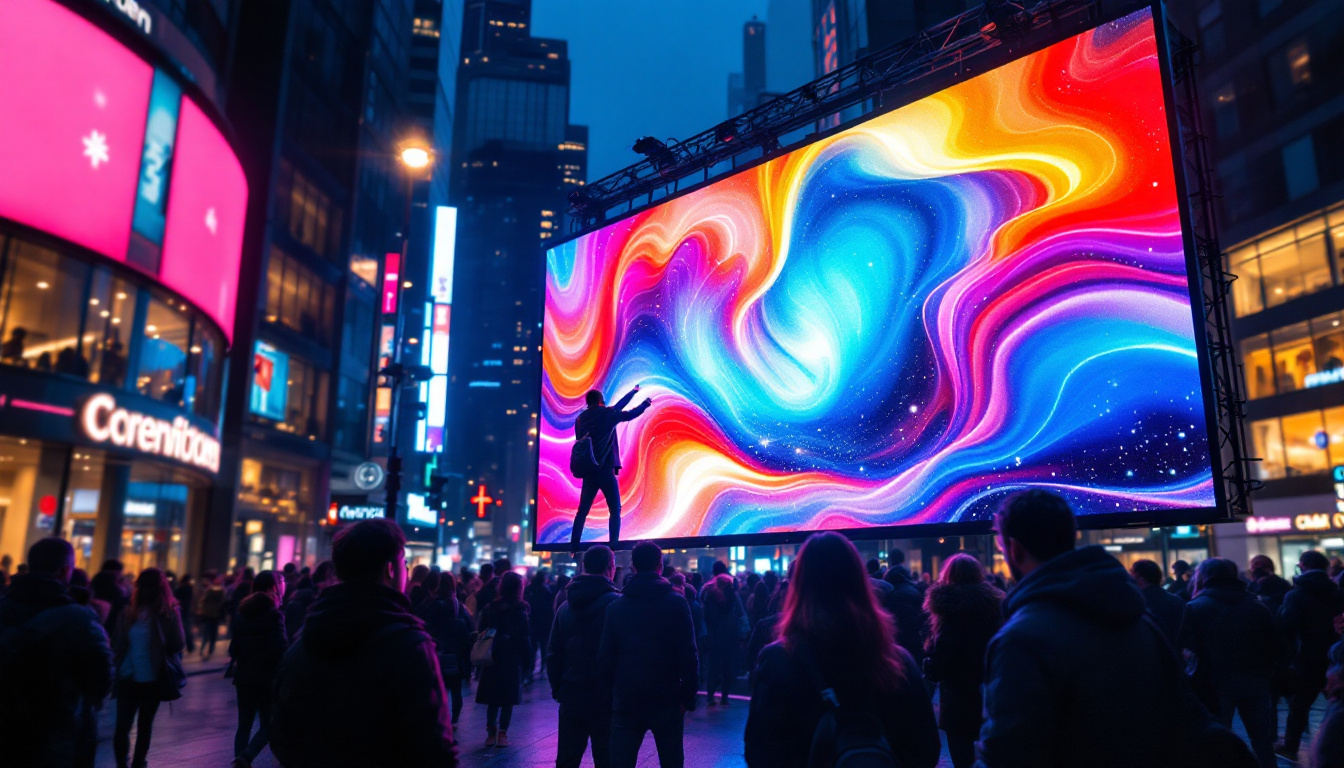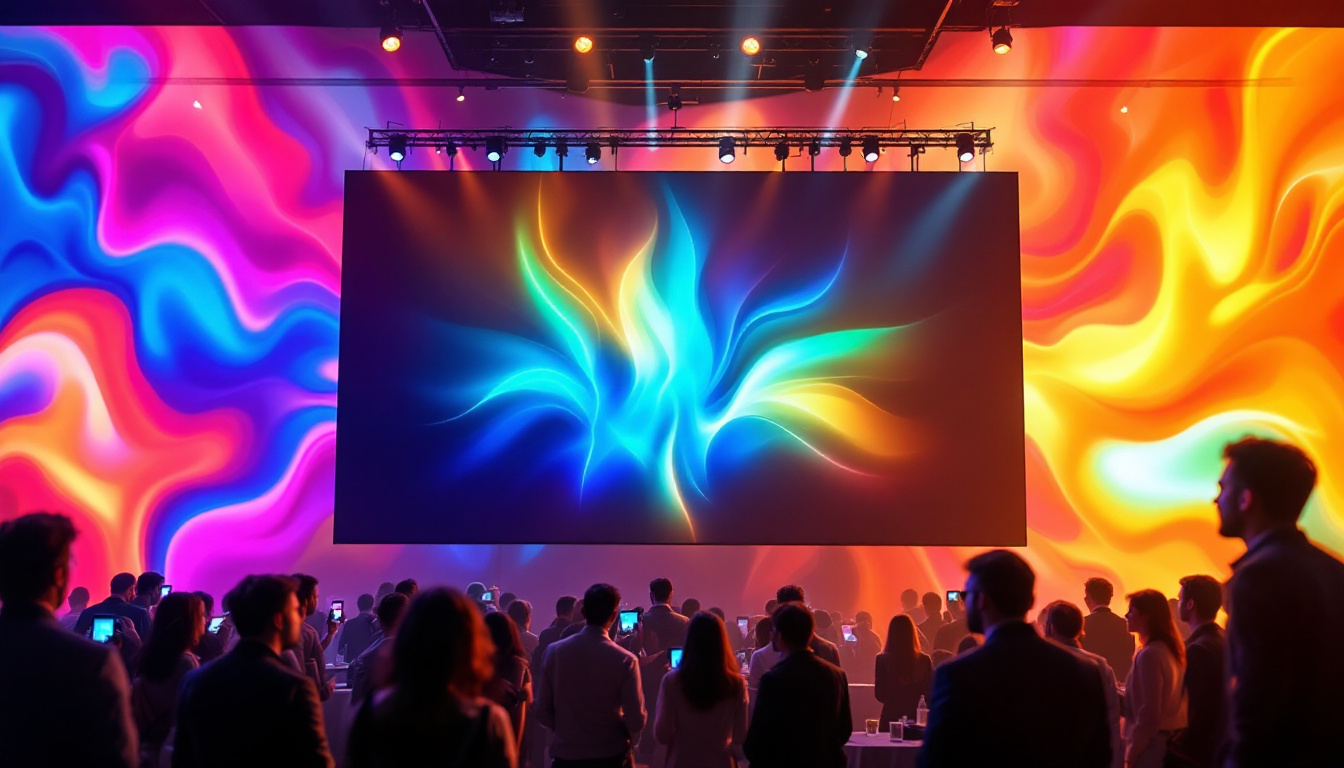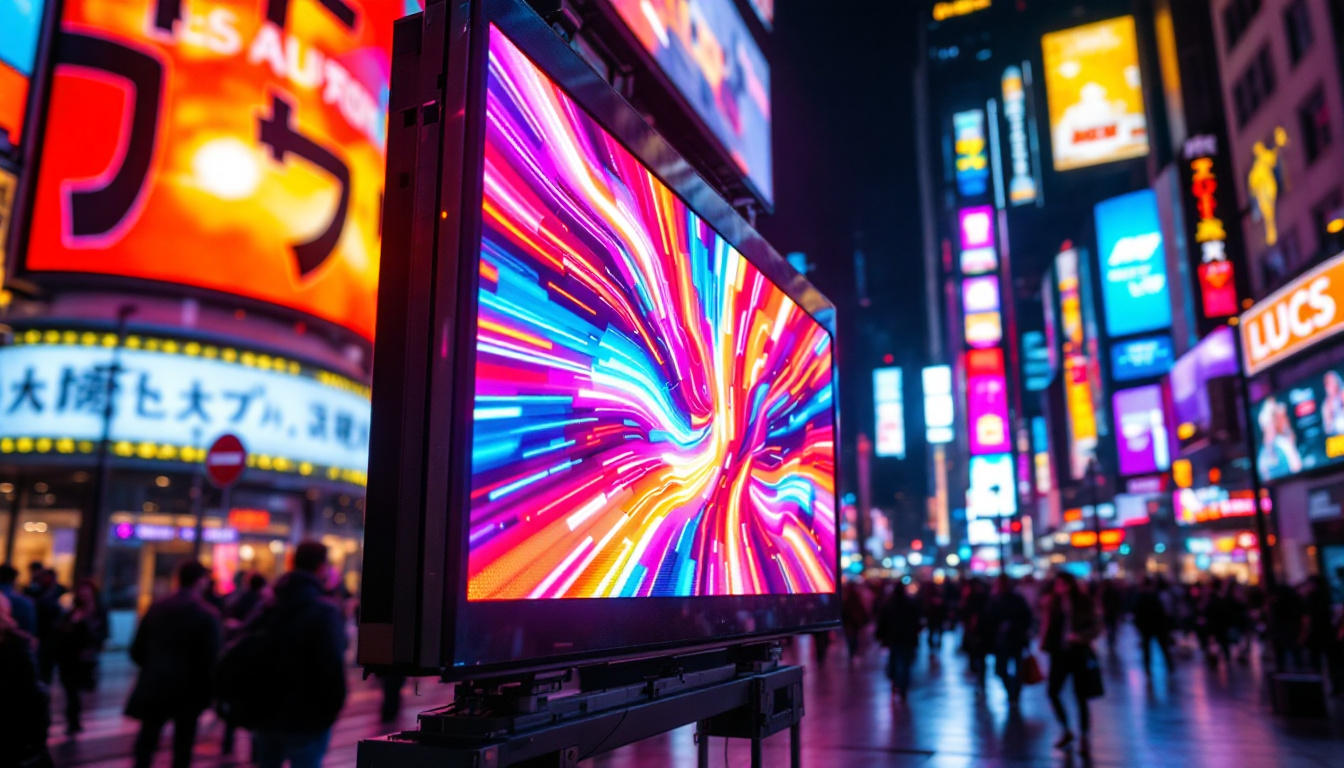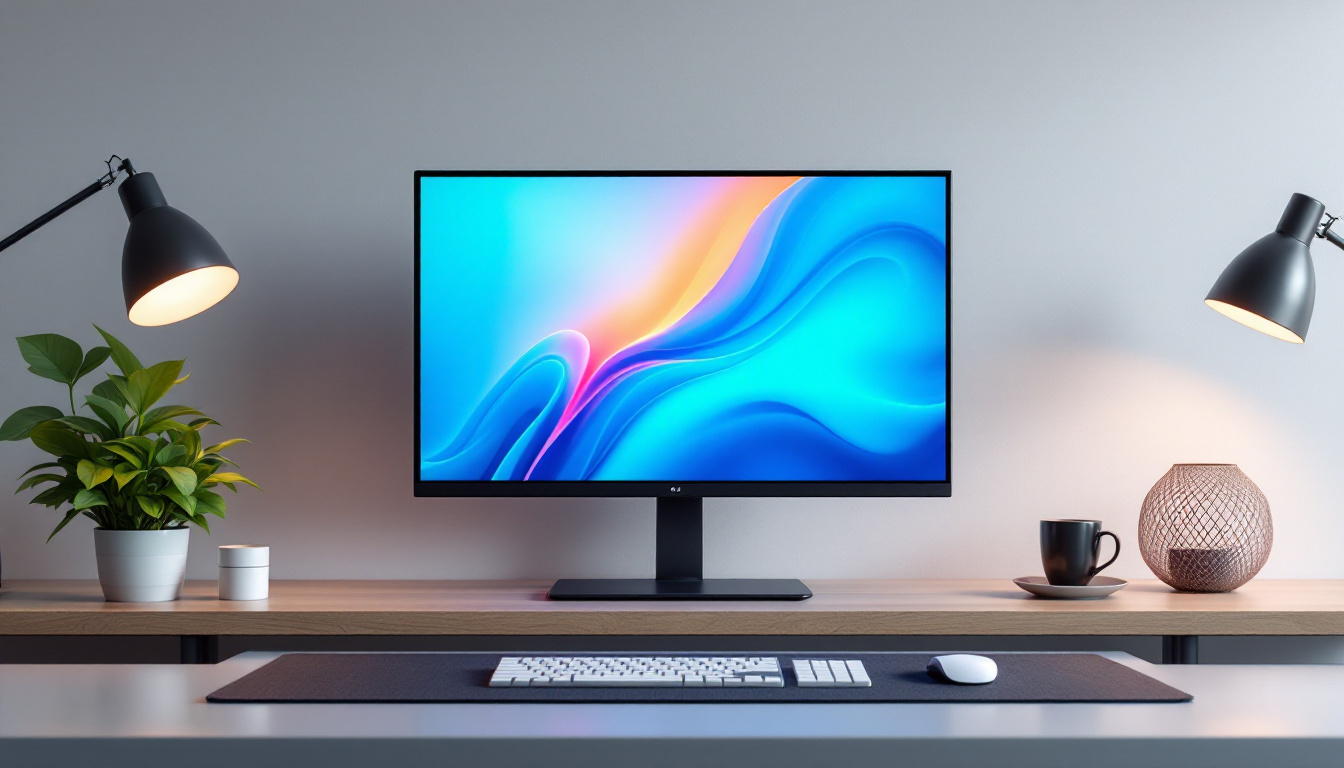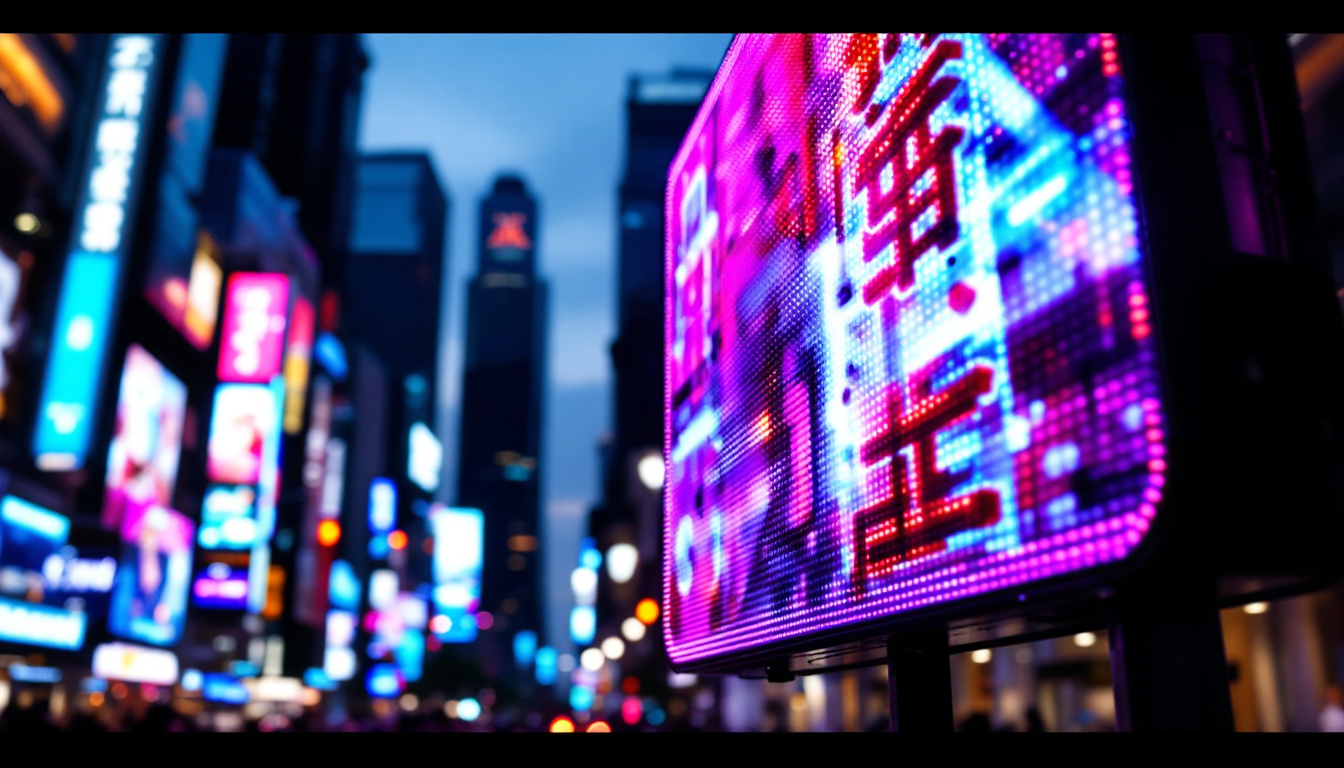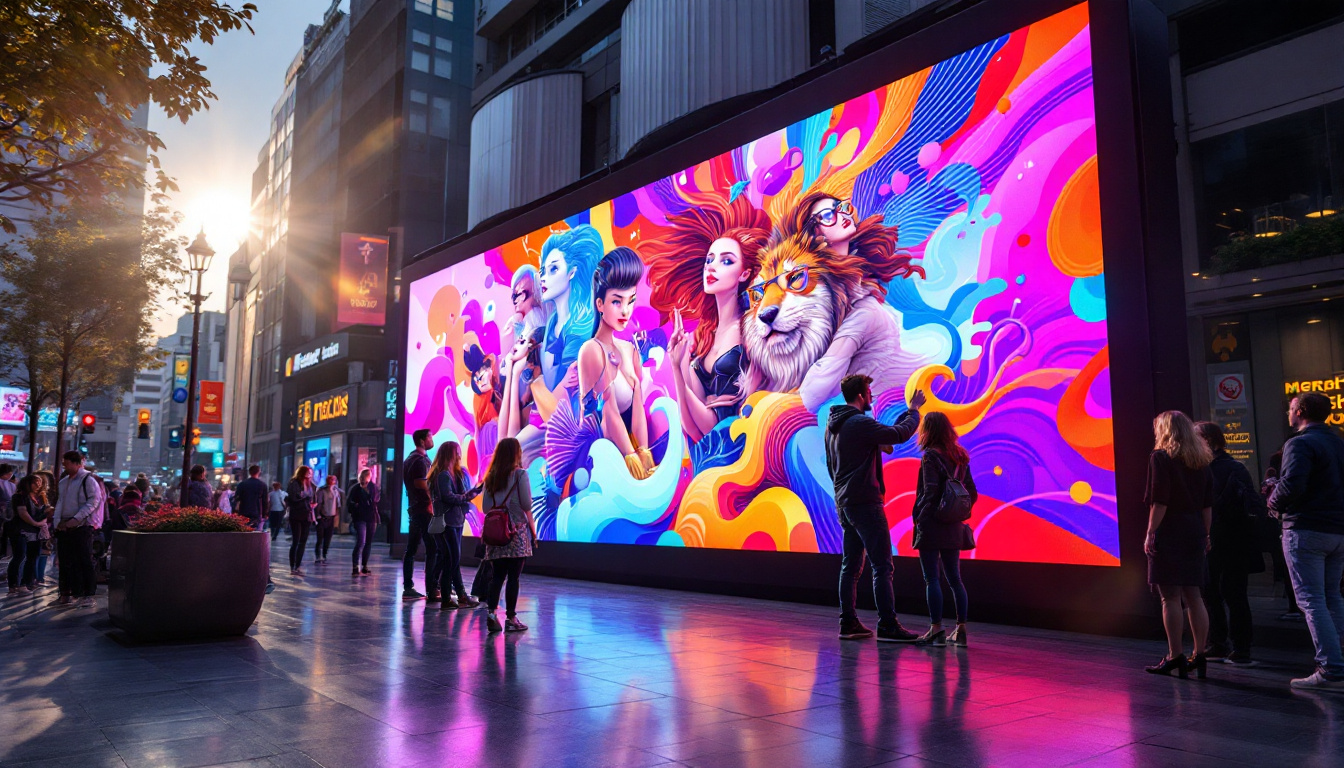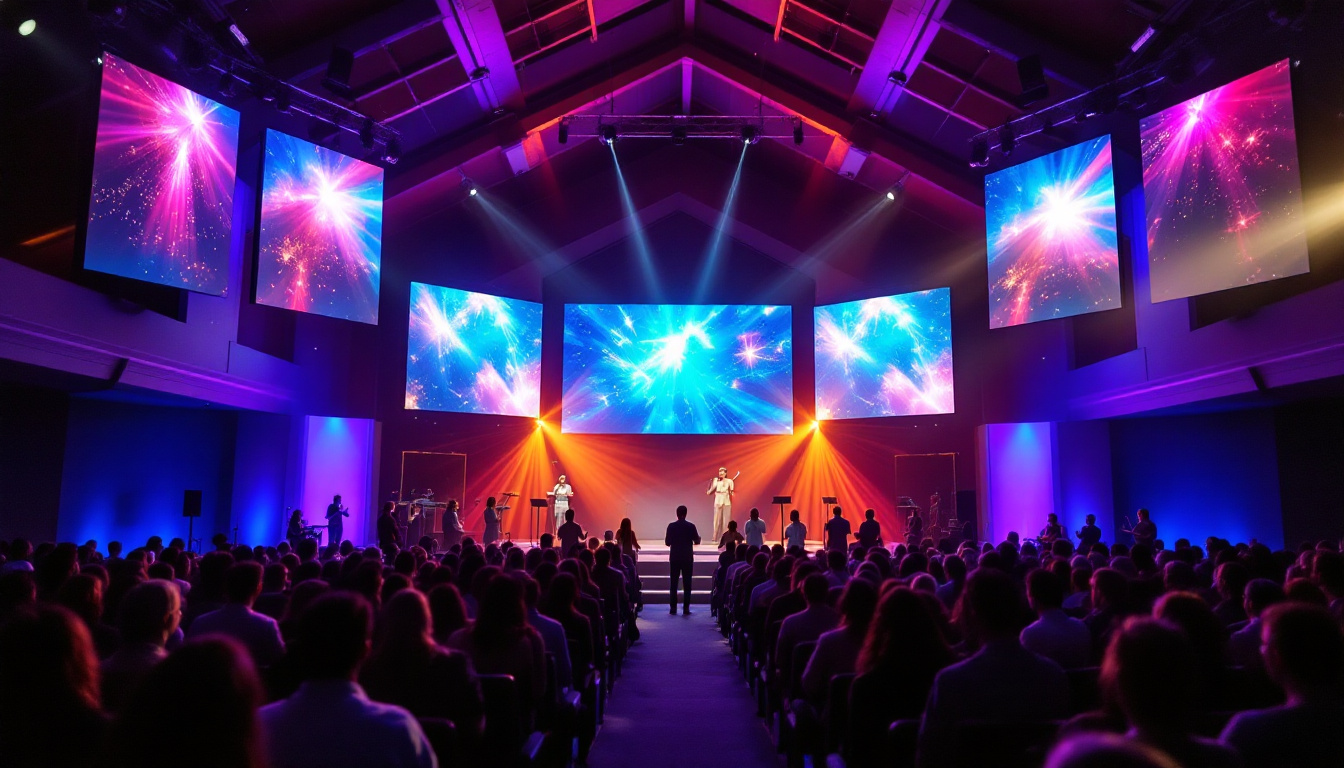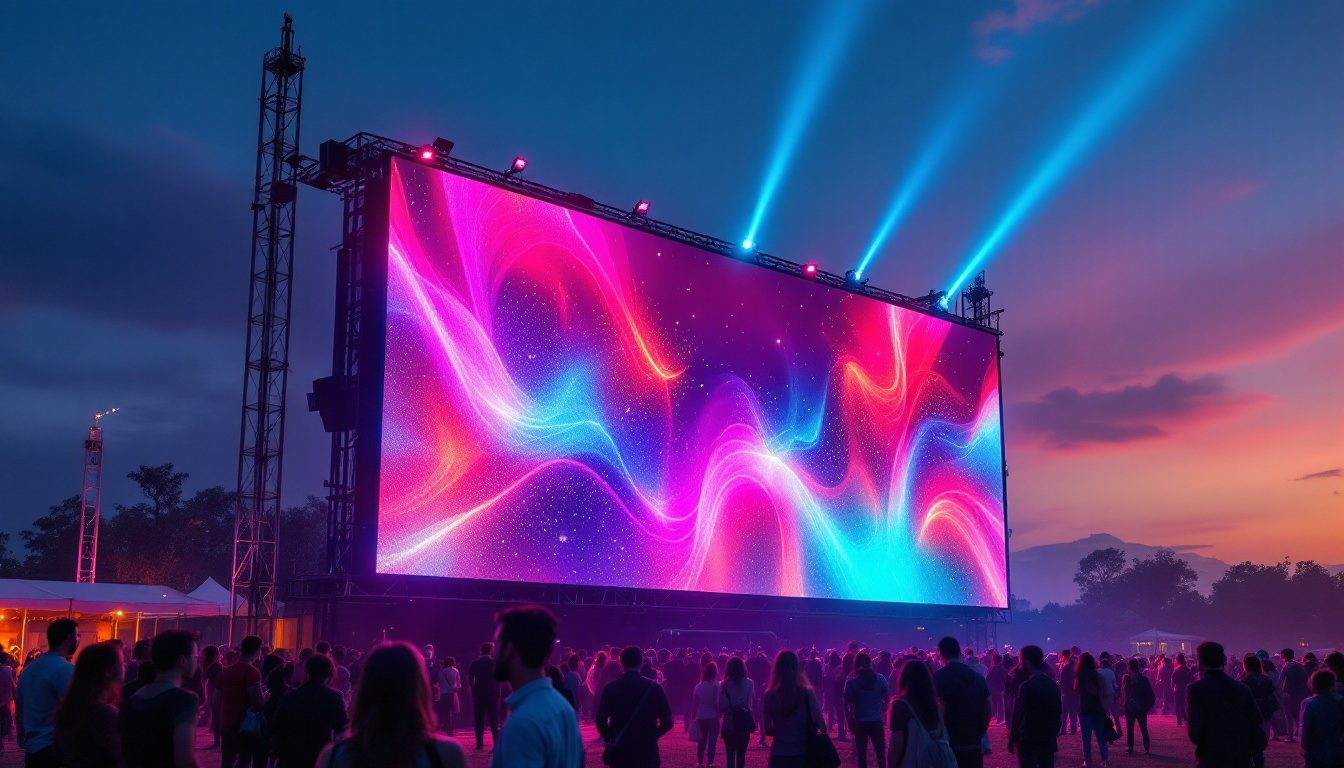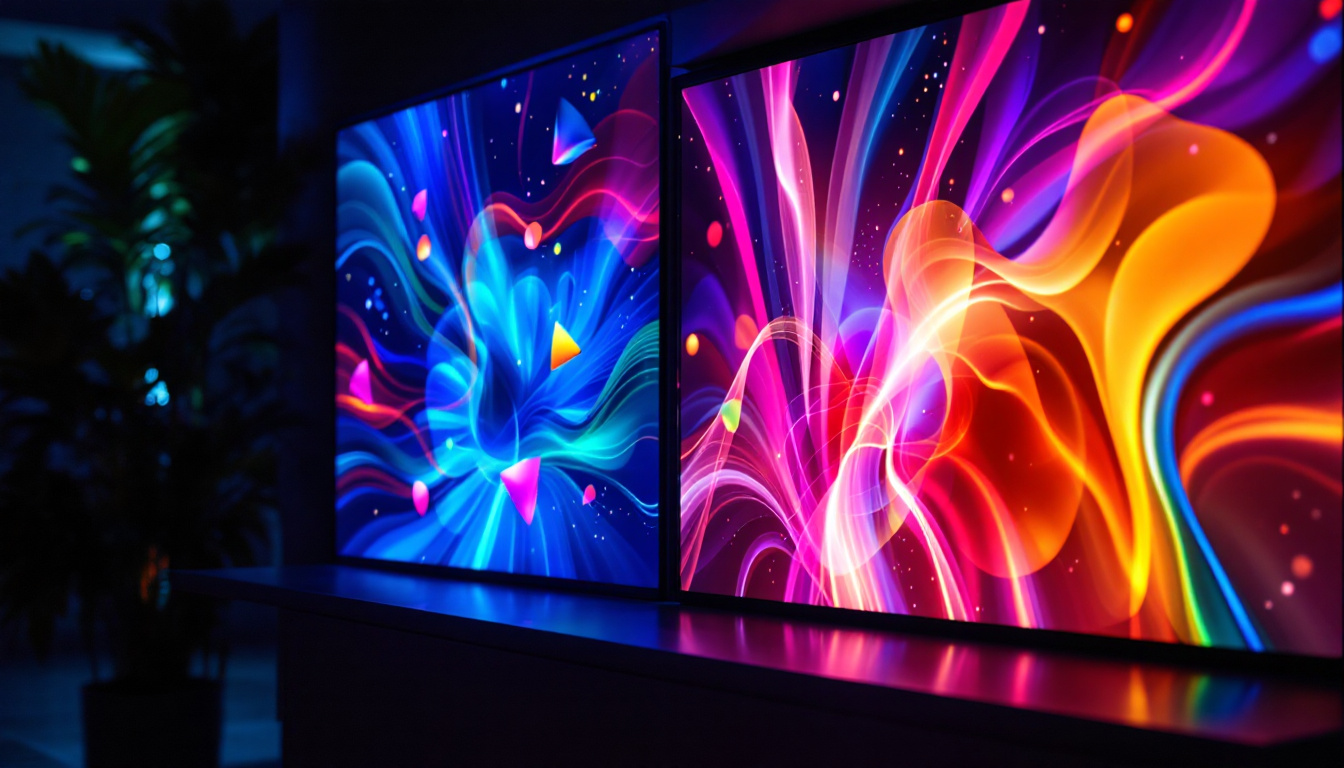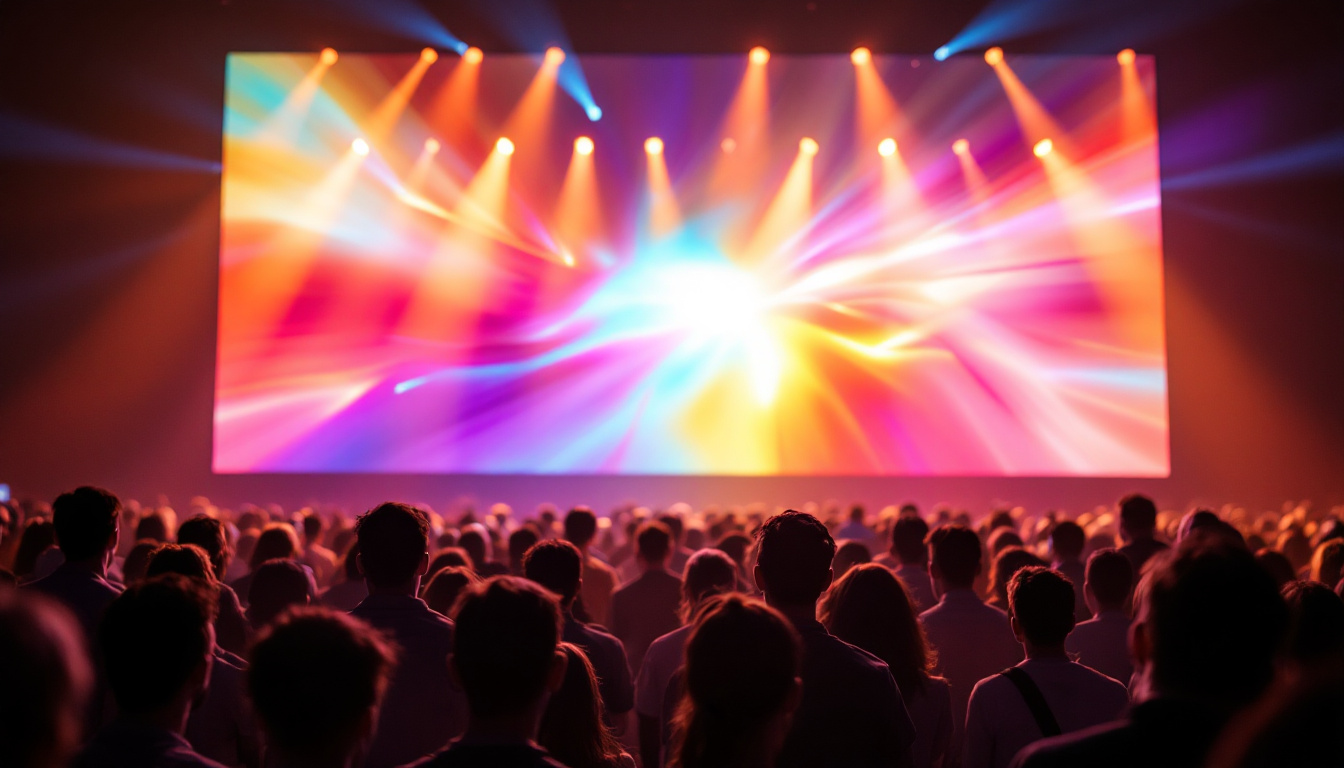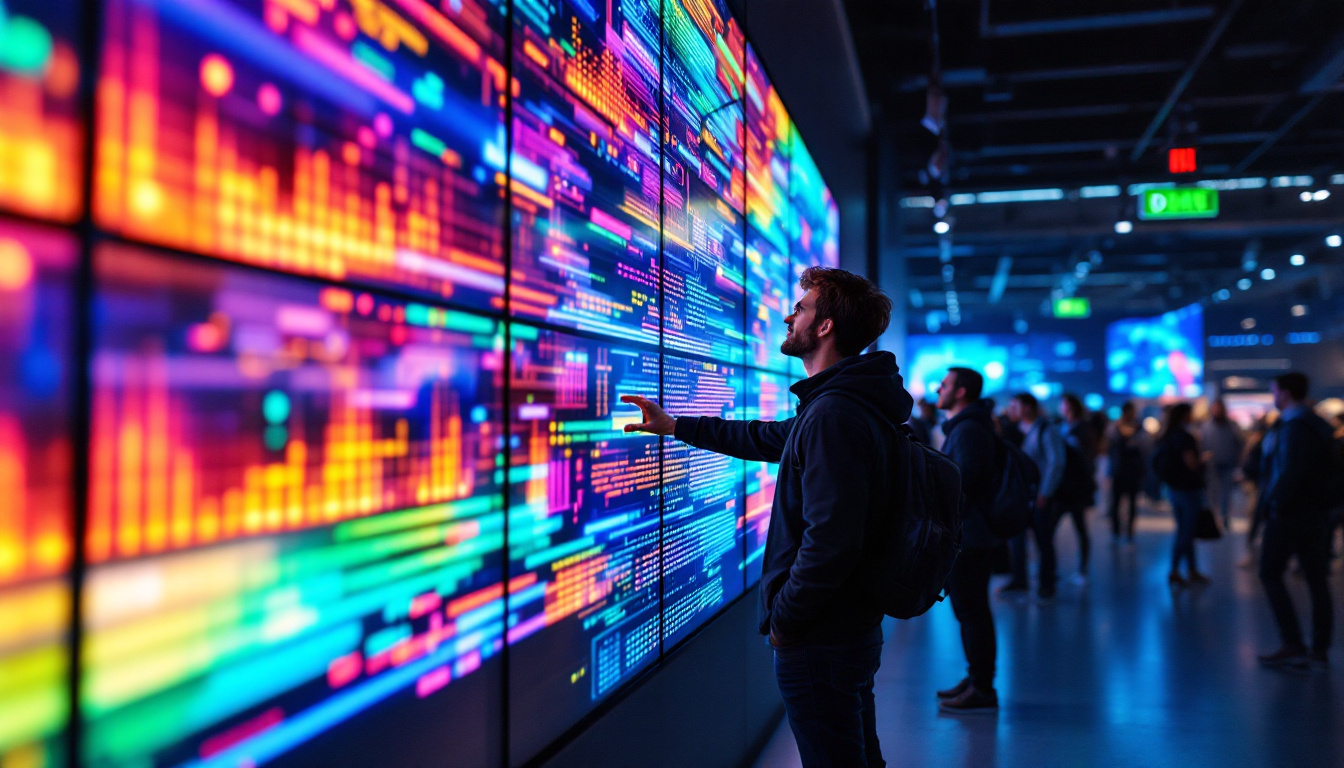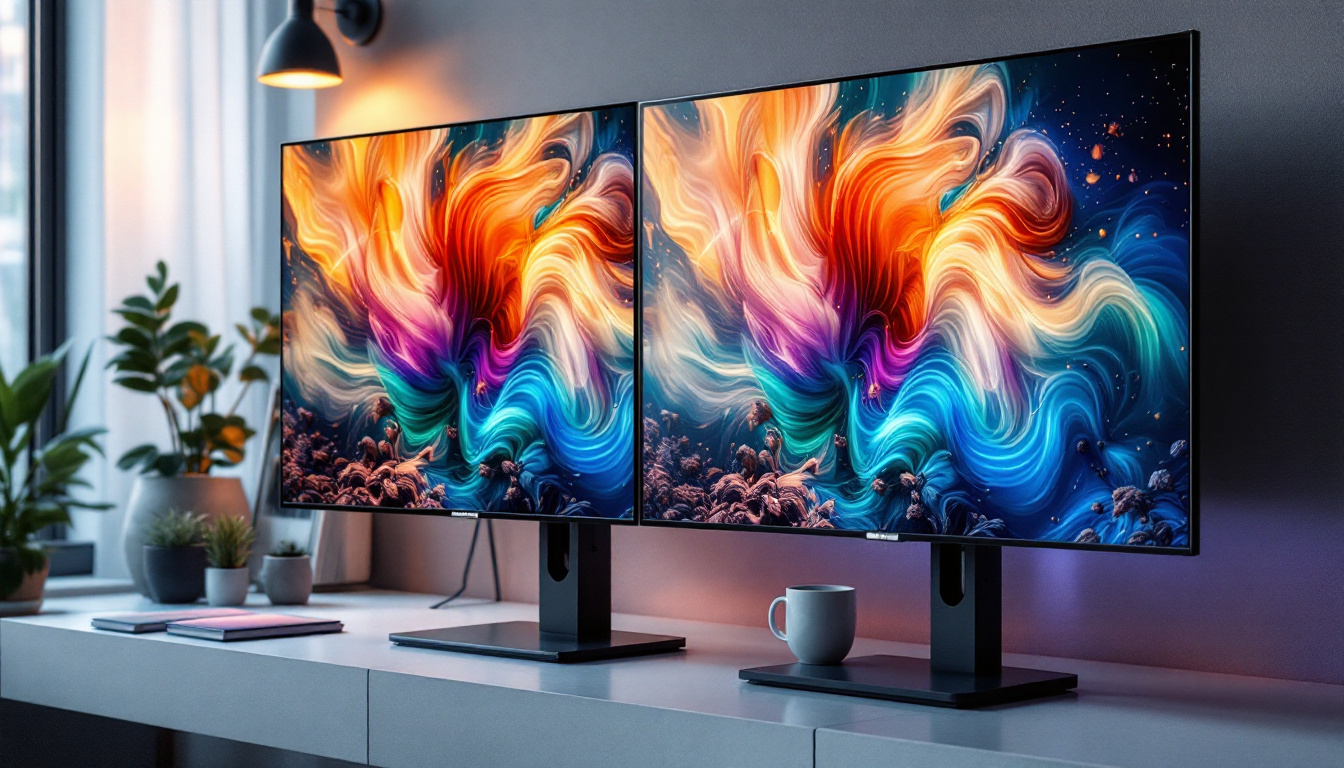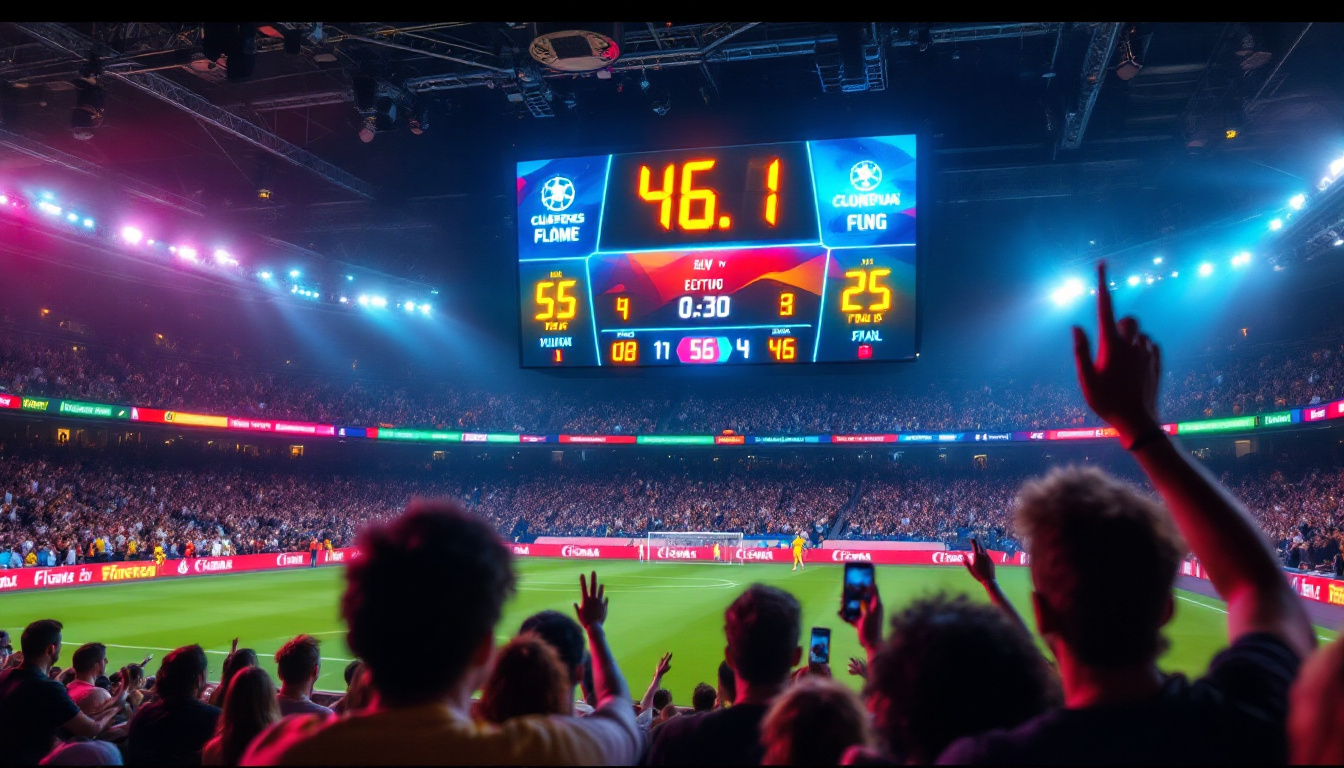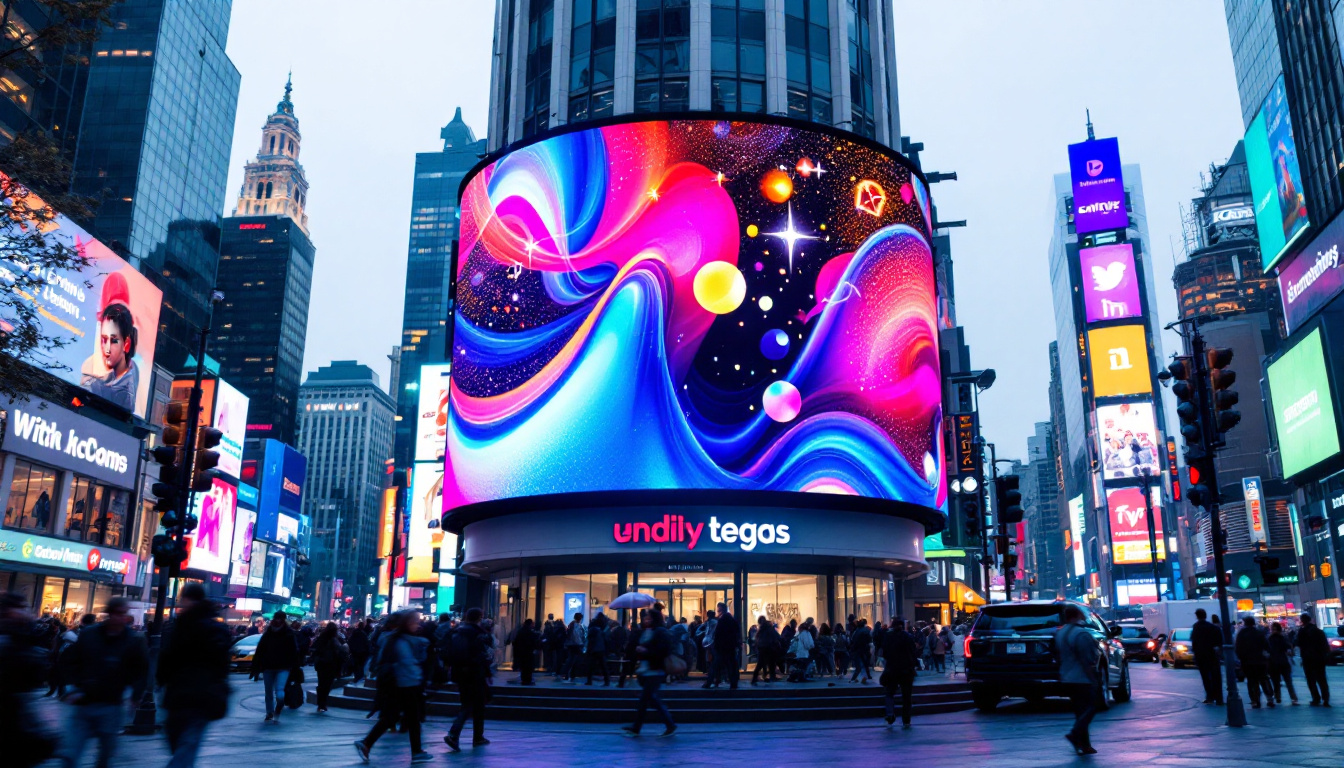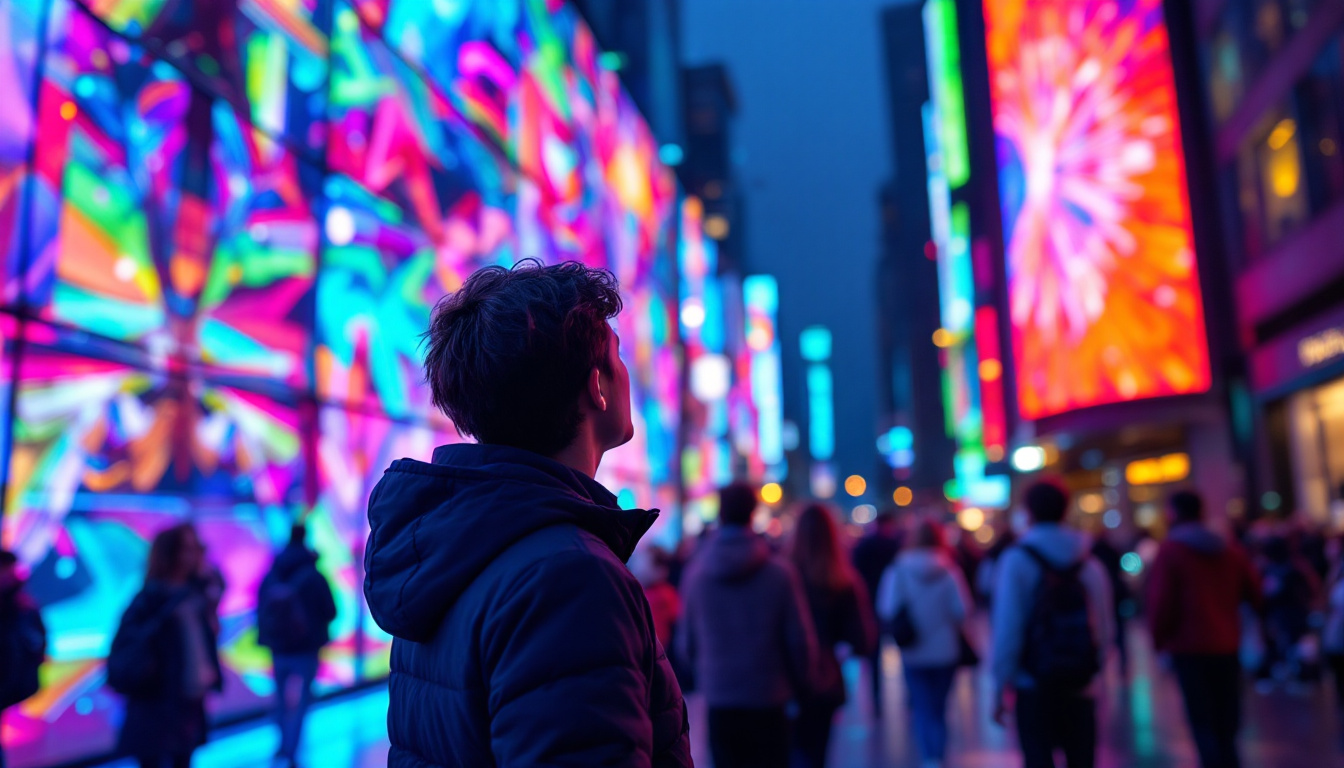In the world of modern advertising and event production, LED video walls have emerged as a revolutionary medium for visual communication. Their vibrant colors, high resolution, and versatility make them a popular choice for various applications, from concerts to corporate events. However, understanding the pricing of LED video walls can be complex due to the various factors that influence costs. This article aims to demystify LED display pricing and provide insights into what affects the overall cost of these impressive visual tools.
Understanding LED Video Walls
LED video walls consist of multiple LED panels that are seamlessly connected to create a larger display. These panels can be arranged in various configurations to fit different spaces and requirements. The technology behind LED displays has advanced significantly over the years, leading to improvements in brightness, resolution, and energy efficiency. This evolution has made LED video walls a popular choice for a range of applications, from corporate events to large-scale advertising campaigns, allowing for dynamic content that can capture the attention of any audience.
Components of LED Video Walls
The price of an LED video wall is influenced by several key components. These include the LED panels themselves, the processing equipment, mounting structures, and installation services. Each component contributes to the overall functionality and quality of the display. For instance, the processing equipment is crucial for managing the video signals and ensuring that the content is displayed seamlessly across all panels. This equipment can vary widely in terms of capabilities, affecting both performance and cost.
LED panels are available in various pixel pitches, which determine the resolution and clarity of the image. A smaller pixel pitch typically results in a higher resolution, which is essential for close viewing distances. However, higher resolution panels come at a premium price. Moreover, the choice of pixel pitch can significantly influence the viewer’s experience; for example, a pixel pitch of 1.5mm is ideal for indoor environments where viewers are close, while a 10mm pitch may suffice for outdoor displays viewed from a distance. Understanding these specifications is vital for selecting the right setup that meets both aesthetic and functional needs.
Types of LED Displays
There are two main types of LED displays: indoor and outdoor. Indoor LED displays are designed for use in controlled environments, such as conference rooms or shopping malls. They usually have a higher pixel density, making them ideal for close-up viewing. In contrast, outdoor LED displays are built to withstand various weather conditions and are typically less dense, as they are viewed from a greater distance. The durability of outdoor displays is often enhanced with protective coatings and weather-resistant casings, ensuring they can operate effectively in rain, snow, or extreme sunlight.
Additionally, there are different technologies used in LED displays, such as SMD (Surface-Mounted Device) and DIP (Dual In-line Package). SMD displays offer better color performance and viewing angles, while DIP displays are more durable and suitable for outdoor use. The choice of technology can significantly impact the price. Furthermore, advancements in LED technology have led to innovations like transparent LED displays and flexible LED panels, which open up new possibilities for creative installations. These innovations allow designers to create unique visual experiences, such as immersive environments or interactive displays that can engage audiences in ways traditional screens cannot. As the market continues to evolve, the potential applications for LED video walls are expanding, making them an exciting area of exploration for businesses and artists alike.
Factors Influencing LED Video Wall Pricing
When considering the price of an LED video wall, it is essential to understand the various factors that contribute to the overall cost. These factors can range from technical specifications to additional services required for installation and maintenance.
Pixel Pitch and Resolution
The pixel pitch is one of the most critical factors affecting the price of an LED video wall. Pixel pitch refers to the distance between the centers of two adjacent pixels, measured in millimeters. A smaller pixel pitch results in higher resolution and better image quality, which is particularly important for applications where viewers are close to the display.
As a general rule, the smaller the pixel pitch, the higher the cost. For instance, a 1.5mm pixel pitch display will be significantly more expensive than a 10mm pixel pitch display. Therefore, it is crucial to assess the viewing distance and intended use to determine the appropriate pixel pitch and budget accordingly. Additionally, the resolution must align with the content being displayed; high-definition videos and detailed graphics benefit from finer pixel pitches, ensuring that the audience experiences crisp and vibrant visuals.
Size and Configuration
The size of the LED video wall plays a significant role in determining its price. Larger displays require more panels, which increases material costs. Additionally, the configuration of the panels can also affect the price. Custom shapes or unique arrangements may require specialized mounting solutions, further driving up costs.
When planning an LED video wall, it is essential to consider both the size and configuration that best suit the intended application. A well-planned display can enhance the overall impact while optimizing budget considerations. For example, a curved video wall can create an immersive experience in retail environments or exhibitions, but it often involves additional engineering and installation complexities. Understanding the spatial dynamics of the installation site can also help in making informed decisions about size and configuration, ensuring that the video wall fits seamlessly into the intended space.
Additional Features and Technology
Modern LED video walls often come with additional features that can enhance their functionality and user experience. These may include advanced processing capabilities, integrated audio systems, and interactive elements. While these features can improve the overall performance of the display, they also contribute to the final price.
Furthermore, the choice of technology, such as HDR (High Dynamic Range) or 4K resolution, can significantly impact costs. Investing in advanced technology may be worthwhile for applications requiring exceptional image quality, but it is essential to weigh the benefits against the budget constraints. Moreover, features like remote monitoring and control systems can streamline maintenance and operation, providing long-term savings by reducing downtime and service costs. As technology continues to evolve, staying informed about the latest advancements can help buyers make strategic decisions that align with both their performance needs and financial considerations.
Installation and Maintenance Costs
Beyond the initial purchase price of an LED video wall, installation and maintenance costs must also be considered. Professional installation is often necessary to ensure the display is set up correctly and functions optimally. This can involve additional labor costs, especially for larger or more complex installations.
Installation Considerations
The installation process for an LED video wall can vary significantly based on the size and configuration of the display. For instance, a simple wall-mounted display may require minimal labor, while a large, freestanding display may need extensive structural support and electrical work.
It is advisable to work with experienced professionals who understand the intricacies of LED installations. They can provide valuable insights into the best practices for setup and ensure that all safety regulations are met, which can ultimately save time and money in the long run.
Ongoing Maintenance
Regular maintenance is crucial for keeping an LED video wall in optimal condition. This includes cleaning the panels, checking for any malfunctioning components, and ensuring that the software is up to date. While maintenance costs can vary, budgeting for these expenses is essential to prolong the lifespan of the display.
Some manufacturers offer maintenance packages that can help manage these costs effectively. These packages may include routine inspections, repairs, and software updates, providing peace of mind for users who want to ensure their investment remains in top condition.
Comparing Prices: Rental vs. Purchase
When considering an LED video wall, potential buyers must decide between renting and purchasing. Each option has its advantages and disadvantages, and the choice often depends on the intended use and budget constraints.
Rental Costs
Renting an LED video wall can be a cost-effective solution for short-term events or projects. Rental prices typically include delivery, setup, and support, which can be beneficial for those who may not have the resources to manage these aspects independently. However, Rental Costs can add up quickly, especially for extended use.
Additionally, rental agreements may come with limitations on customization and available features, which can impact the overall experience. It is essential to evaluate the specific needs of the event to determine if renting is the most viable option.
Purchase Costs
Purchasing an LED video wall is often a more significant upfront investment but can be more economical in the long run for businesses or organizations that require frequent use. Owning a display allows for complete control over its configuration and features, enabling users to tailor the setup to their specific needs.
However, it is crucial to factor in ongoing costs, such as maintenance and potential upgrades, when considering a purchase. A thorough cost analysis can help determine the most financially sound decision based on usage patterns and budget availability.
Conclusion: Making an Informed Decision
Investing in an LED video wall can be a game-changer for businesses and organizations looking to enhance their visual communication. Understanding the various factors that influence pricing is essential for making an informed decision. From pixel pitch and size to installation and maintenance costs, each element plays a significant role in determining the overall investment.
Whether opting for a rental or a purchase, it is vital to assess specific needs and budget constraints carefully. By considering all aspects of LED video wall pricing, users can ensure they select the best solution that aligns with their goals and provides maximum impact.
In the rapidly evolving world of visual technology, staying informed about trends and advancements can also help users make better decisions. As LED technology continues to improve, the possibilities for creative and engaging displays are virtually limitless.
Discover LumenMatrix LED Display Solutions
Ready to elevate your visual communication with cutting-edge LED technology? LumenMatrix is at the forefront of innovation, offering a diverse range of LED display solutions tailored to your unique needs. From immersive Indoor LED Wall Displays to dynamic Outdoor LED Wall Displays and beyond, our products are designed to captivate your audience and amplify your message. Don’t miss the opportunity to transform your space with our advanced LED displays. Check out LumenMatrix LED Display Solutions today and experience the future of visual engagement.

